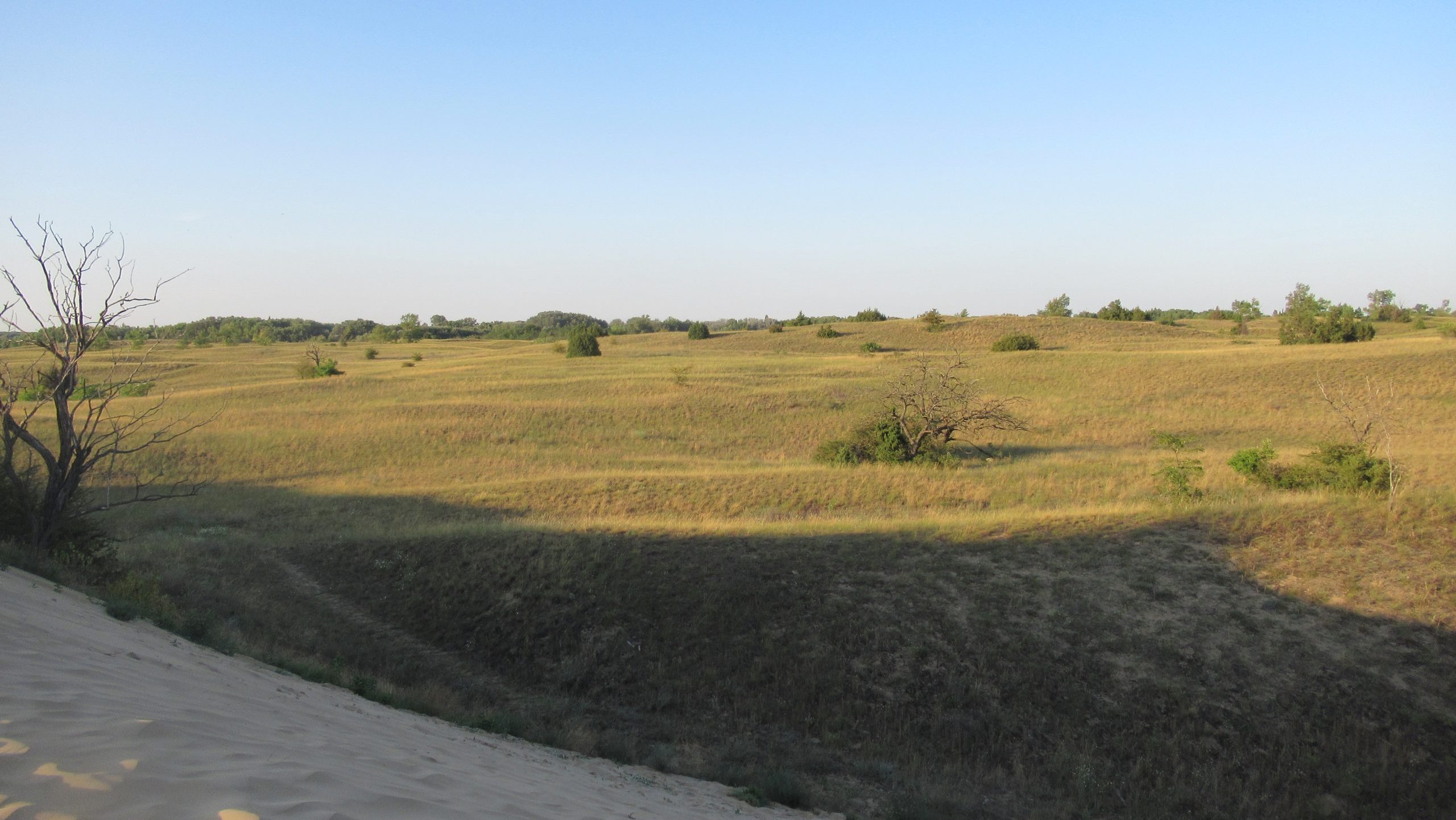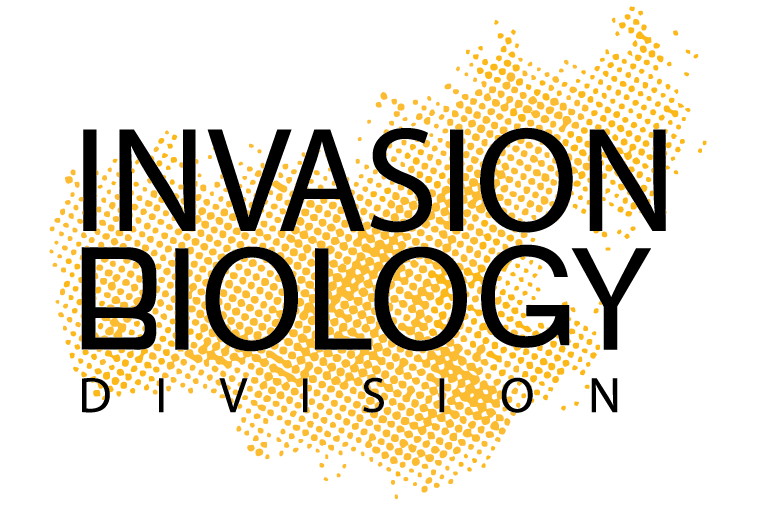The loss of biodiversity on our planet is partly due to the presence and spread of alien invasive species. Once an invasive species has established in a new habitat, it can alter the structure and function of the ecosystem to such an extent that it has an impact even after removal, making it very difficult to control and eradicate. Ecological restoration, when carried out in an effective and sustainable way, contributes to biodiversity conservation and climate change mitigation, resilience and adaptation, and has proven to be an effective method of controlling invasive species. At the same time, the presence of invasive species in the landscape can compromise restoration objectives. The aim of this study is to assess how the abundance of annual and perennial invasive species varies with location, direction and distance around the restoration site, and which factors should be considered when planning restoration interventions.




